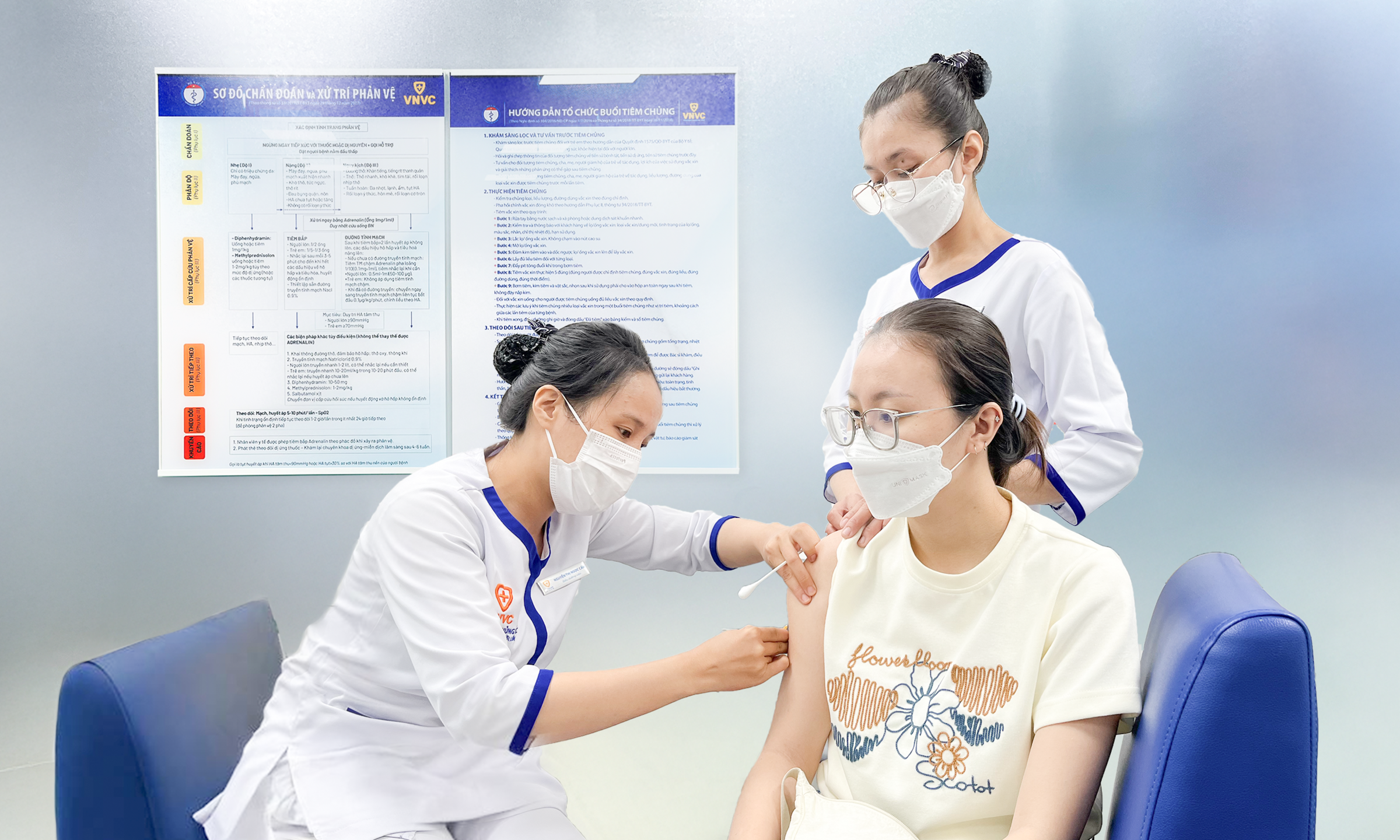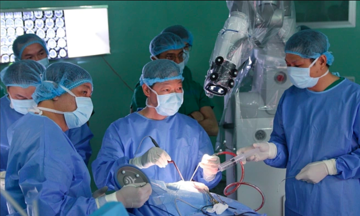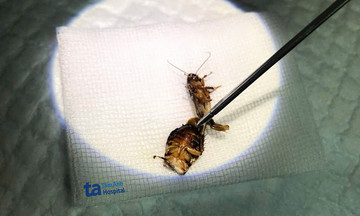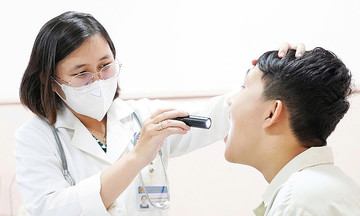Shingles, while commonly seen in older adults, can also occur in children, especially those with compromised immune systems or who contracted chickenpox at a young age, according to Doctor Tong Thi Ngoc Cam, Deputy Medical Director of the Northern Region at VNVC Vaccination System. This statement comes amidst reports of sporadic shingles cases in Vietnam. In September 2024, the National Dermatology Hospital in Hanoi treated a 5-month-old girl diagnosed with shingles. The infant, who had chickenpox at one month old, presented with clusters of blisters on her neck, shoulders, right arm, and chest.
Doctor Cam explained that shingles, like chickenpox, is caused by the varicella-zoster virus (VZV). After a chickenpox infection, the VZV remains dormant in the sensory nerve ganglia, even in children. If a child's immune system weakens due to illnesses like HIV or other immunodeficiency conditions, the virus can reactivate, leading to shingles.
Global research indicates that shingles is less common in children than adults. A 2018 study published in the US National Library of Medicine documented 39 cases of shingles in children aged 3 to 11, with an incidence rate of 0.45 per 1,000 children.
 |
Clusters of shingles blisters on the shoulder and chest of a 5-month-old patient at the National Dermatology Hospital. Photo: National Dermatology Hospital |
Clusters of shingles blisters on the shoulder and chest of a 5-month-old patient at the National Dermatology Hospital. Photo: National Dermatology Hospital
According to Doctor Cam, several factors increase a child's risk of developing shingles: having chickenpox before the age of one, or having a mother who contracted chickenpox during the final months of pregnancy. A study of 39 children under 12 with shingles at the Pediatric Department of a hospital in India concluded that the increased incidence of shingles in otherwise healthy children could be due to chickenpox infection in utero or during early childhood. Additionally, children with lower levels of NK cells, lymphocytes, cytokines, and immunoglobulin may not be able to maintain the virus's latency, leading to the early onset of shingles.
"Children with shingles typically experience fewer postherpetic neuralgia complications than adults. Symptoms may begin with pain or a burning sensation in the affected area before the appearance of blisters, causing the child distress," Doctor Cam stated.
Parents caring for a child with shingles at home should ensure the child receives adequate nutrition, maintains good hygiene, and wears loose, comfortable clothing. Avoid applying leaves, herbal remedies, or other traditional treatments, as well as scrubbing the affected area, to prevent blisters from rupturing and causing infection. Adults should wash their hands thoroughly before caring for the child and avoid touching their eyes, nose, and mouth. The child's living and play areas should be kept clean to prevent the spread of the chickenpox virus present in the shingles blisters to those who are not immune.
 |
A woman receives the chickenpox vaccine at the VNVC Vaccination Center before pregnancy. Photo: Dieu Thuan |
A woman receives the chickenpox vaccine at the VNVC Vaccination Center before pregnancy. Photo: Dieu Thuan
There is currently no specific cure for shingles, but it can be effectively prevented through vaccination. Limiting the disease in adults helps protect children.
However, the shingles vaccine is currently recommended for individuals 50 and older, and those 18 and older at high risk due to underlying health conditions or immunosuppressive medications or therapies. Therefore, adults under 50 and children should receive the chickenpox vaccine to reduce their risk of contracting chickenpox and subsequently developing shingles.
Two types of chickenpox vaccines are available in Vietnam: Varilrix (Belgium) for children 9 months and older and adults, and Varivax (USA) for children 12 months and older and adults. The vaccination schedule consists of two doses administered one to three months apart, depending on age. Two doses of the chickenpox vaccine provide up to 98% protection. Women planning to become pregnant should be vaccinated against chickenpox at least three months prior to conception to protect both themselves and their babies.
In addition to vaccination, parents should take preventive measures against chickenpox by having their children wear masks in public, teaching them to wash their hands and gargle regularly, and maintaining a clean home and school environment using common disinfectants. Isolate children showing symptoms in a separate room until they recover to prevent the spread of the virus.
Dieu Thuan












